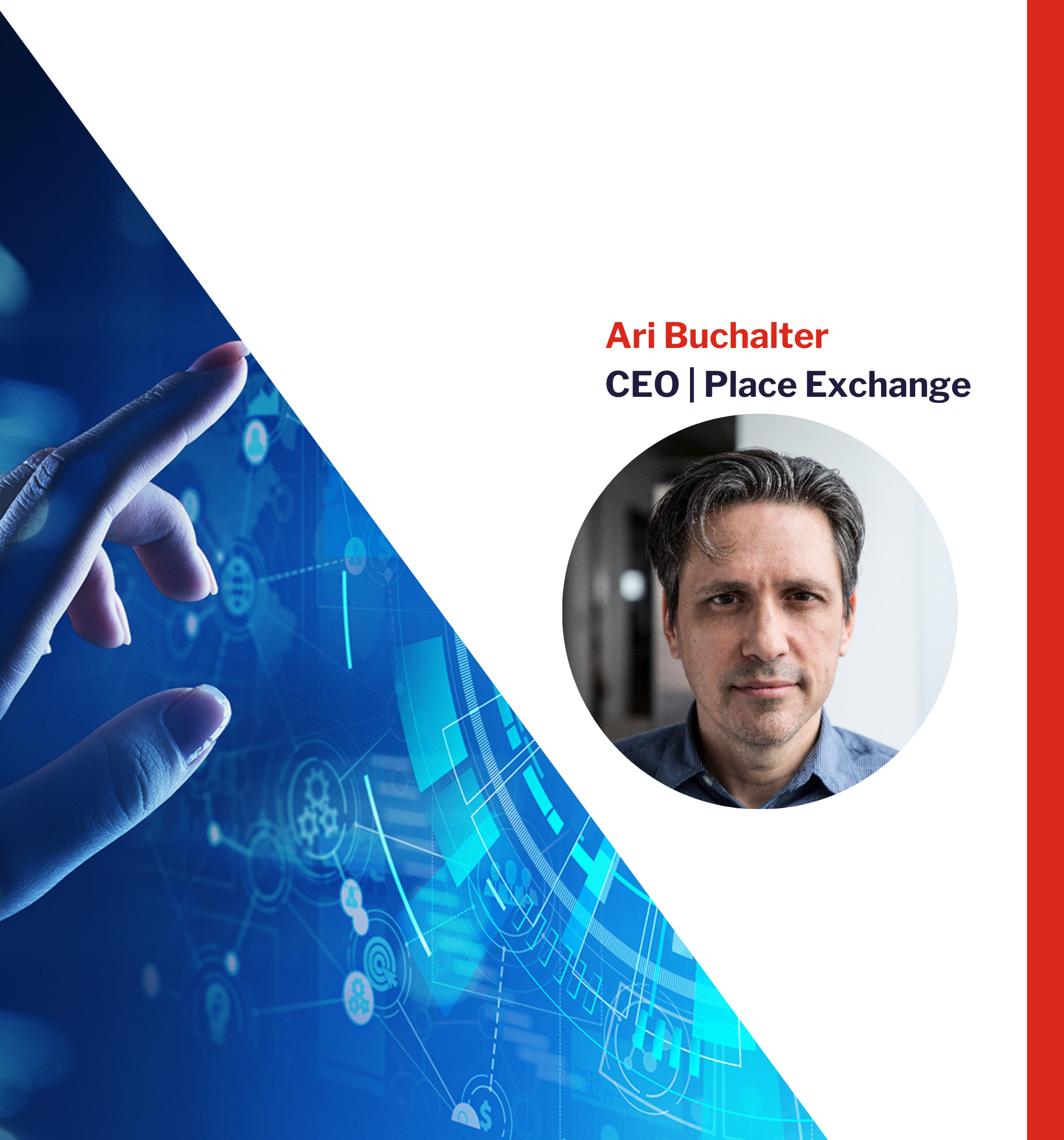
By Ari Buchalter, CEO Place Exchange
The words “programmatic” and “automation” are sometimes used interchangeably, but history has taught us they are not the same thing. There are two key differences: from the buy-side perspective, the difference is intelligence. From the sell-side perspective, the difference is revenue. Let’s unpack that…
Imagine a $100,000 OOH budget aimed against a media plan consisting of 150 OOH displays of various types (outdoor, placed-based, etc.) across seven different media owners. Let’s say the “non-automated“ approach to execute that buy involves five sets of manual processes (inventory selection, pricing determination, creative approval, campaign trafficking, and reporting). From a buyer’s perspective, each one of those processes has to be performed separately for each media owner, multiplying the complexity.
Automating those processes makes it easier for all parties involved. It removes effort and saves time and cost. But what it does not change is the outcomes that will be generated for the buyer, because ultimately it’s the same media being purchased, just in a less labor-intensive way.
The word programmatic denotes a logical method that follows a set of rules. From a buyer’s perspective, what makes a buy “programmatic” is that it is executed according to rules designed to achieve a business outcome. Those rules can be relatively simple, such as “buy the media that maximizes reach against my target audience” or they can be relatively sophisticated, driven by algorithms that iteratively learn as the campaign progresses and buy the optimal mix of media at any given time that will best achieve a certain ROI.
A programmatic approach includes the benefits of automation, but it goes beyond that. For a buyer, automation may remove friction from a media buy, but it doesn’t alter the outcomes of that buy. In other words, automation can pave the road to make the journey smoother, but it doesn’t change the destination. A programmatic approach leverages technology that allows buyers to choose the destination.
And that ties into the benefit for publishers: more revenue.
Let’s go back to the $100,000 budget from above. Automation makes it easier to execute that media buy, but what it does not do is increase the size of the budget.
From a publisher’s perspective, it is extremely difficult to grow a campaign that has no business outcome metric (other than perhaps “delivering in full” which is more of a minimum expectation than a business outcome). Often, the best a seller can hope for with a campaign like that is renewal of the buy so they can deliver in full again. More likely however, the buy will simply disappear at some point.
The way more budget is typically allocated towards a media buy is if it can be shown the buy is delivering superior results. Since, by definition, what makes a buy “programmatic” is that it is executed according to rules designed to achieve a business outcome, programmatic campaigns are always measured against those outcomes. If they perform well, they attract more budget. In essence, programmatic is capitalism in action.
For OOH media owners in particular, there is actually a second reason why programmatic increases revenue. OOH has long resided in a budgetary silo; an isolated channel, accounting for only about 3% of media spend, segregated from the “core” media plans and budgets that represent the other 97%. That was largely because the processes, tools, and data used for OOH were different from, and foreign to, those used for other channels – especially digital media, which now accounts for over 70% of US ad spend.
Merely automating those foreign OOH processes doesn’t bring them into the “omnichannel” fold, but making them programmatic does exactly that. Layering in the technology required to execute OOH campaigns according to rules designed to achieve outcomes has normalized the workflows, targeting, and measurement for OOH to be consistent with those of other digital channels within the omnichannel DSPs where most of the other 97% is purchased. That is certainly true for Digital OOH and is increasingly becoming true for static OOH as well.
That in turn has given OOH a seat at the table that it never had before and created the opportunity for buyers overseeing the other 97% of spend, who never purchased OOH before, to seamlessly move budgets over.
In fact, that migration of net new dollars has been the dominant growth driver of programmatic OOH, which has seen consistent triple-digit annual gains for the past few years. That would never have happened if traditional (non-programmatic) OOH buying had simply been automated.
Think of programmatic as “automation plus intelligence.” Automation alone improves efficiency but does not increase demand. Intelligence improves effectiveness and therefore can grow demand. “Programmatic” is simply the word that means the combination of those things.
But words sometimes carry baggage and “programmatic” is unfortunately no exception. However you feel about that word, it is important to recognize two things: first, that simply automating the traditional process of buying OOH will reduce effort, time, and costs – but that’s it, and second, that the overlay of rules-based decisioning is critical to driving buyer outcomes and growing revenue.
That second thing happens to require additional technology, and the name that’s been attached to that technology happens to be “programmatic.”
Don’t hate the name, embrace the opportunity.
Published: May 25, 2023